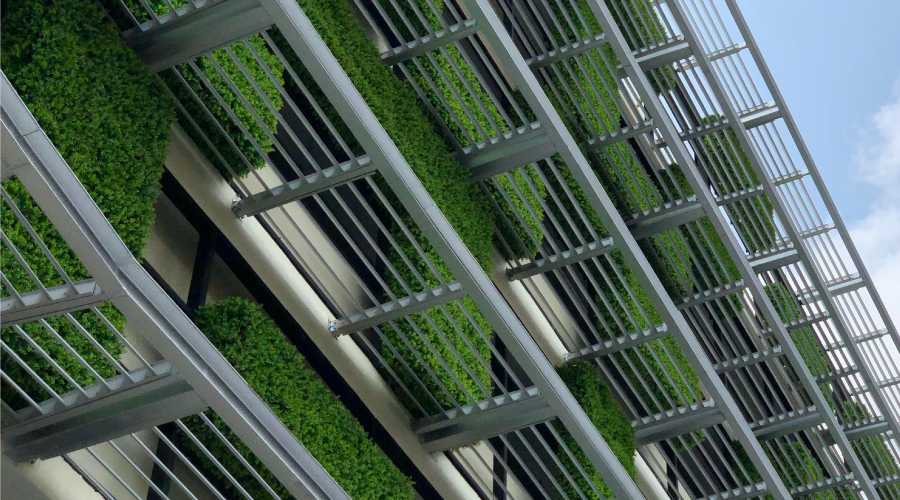ASHRAE, IESNA, USGBC Draft Green Building Standard
A proposed new standard that will provide minimum guidelines for green building practices is nearing completion.
A proposed new standard that will provide minimum guidelines for green building practices is nearing completion.
Proposed standard 189, Standard for the Design of High-Performance Green Buildings Except Low-Rise Residential Buildings, is applicable to new commercial buildings and major renovation projects. It will address energy efficiency, a building’s impact on the atmosphere, sustainable sites, water use efficiency, materials and resources and indoor environmental quality.
The standard is being developed by the
American Society of Heating, Refrigerating and Air-Conditioning Engineers (ASHRAE) in conjunction with the
Illuminating Engineering Society of North America (IESNA) and the
U.S. Green Building Council (USGBC). This is the first such green building standard in the U.S., according to ICC.
Energy efficiency will be a large part of the standard, according to ASHRAE. The goal is to achieve a minimum of 30 percent reduction in energy cost (and carbon dioxide equivalent) over that in ANSI/ASHRAE/IESNA Standard 90.1-2007, Energy Standard for Buildings Except Low-Rise Residential Buildings.
Another part of the proposed standard will be water use efficiency. The standard may require that interior water achieve a minimum of 25 percent reduction through improvements from the Energy Policy Act of 1992 for plumbing fixtures and strategies for reclaiming water in other areas, according to ASHRAE. Exterior water systems would have more sophisticated controls and not use potable water.
Members of the standard writing committee are discussing requiring construction to take place on appropriate sites where construction already exists or on a “greenfield” site that is close to high-density areas or has access to mass transit.
In the area of indoor environmental quality, the committee is considering requiring that supply outdoor air exceed the minimum requirements of ASHRAE 62.1-2007, Ventilation for Acceptable Indoor Air Quality. Also being discussed are the use of low-emitting materials and installation of CO2 sensors to monitor densely-occupied spaces.
The committee is also looking at requirements for a construction plan, a transportation management plan, and an indoor air quality (IAQ) management plan, according to ASHRAE, to reduce materials and energy consumption as well as to reduce carbon emissions.
Related Topics:











